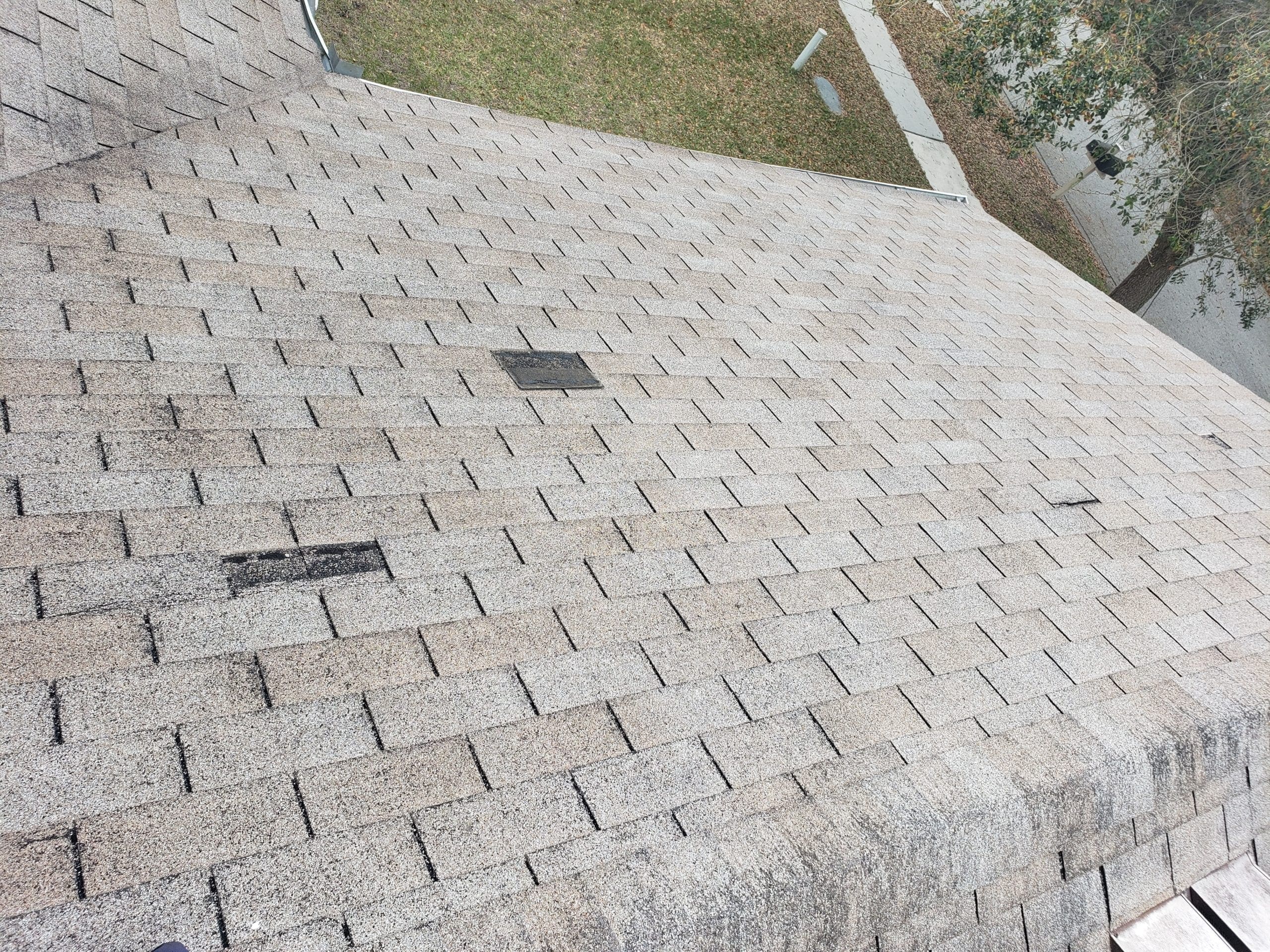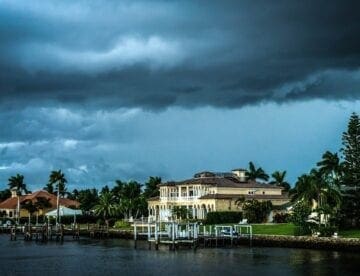Florida experiences more storms than any other US state. The Sunshine State has been hit by over 500 hundred tropical or subtropical cyclones over the last 150 years. Only eighteen seasons have passed without a known storm. Severe storms like Hurricane Irma and Hurricane Michael in 2017 and 2018 have put many at risk. These major storms have caused significant financial damage to people living in the area. So, when speaking of hurricane roof siding damage, Florida residents are well familiar with it.
Roofs and siding often suffer the most damage, being on the first line of defense when the storm hits. In this article, we’ll share with you some tips on how to prepare your roof for the hurricane season. You’ll also learn how to deal with any roof siding damage caused by Florida hurricanes.
What to Do Before a Hurricane
According to top hurricane forecasters, the 2020 hurricane season will be one of “above average activity.” Hurricanes bring two big problems to your household — water and wind. It’s crucial to do whatever you can to prepare your home for such a situation. Preparation will also minimize the possible damage in case of a hurricane hit.
In areas prone to severe storms, like Florida, you should consider taking some steps to prepare your home for the season. While hurricane winds are so strong that they can damage any rooftop, a well-maintained roof is your best bet against severe and expensive damage from strong hurricane winds.
Roof Checkups Prevent Roof and Siding Damage from Hurricanes
Do a checkup of your roof and pay attention to the most critical aspects of your roof. If you’ve experience with roof repairs, fix any loose shingles and tiles. This simple repair will reduce the chances of losing any during strong winds. It will also minimize the likelihood of water penetrating deeper into the roof. Any existing cracks you may have in your roof can exacerbate the leaks during the storm, leading to extensive damage. It’s best to be thorough during the process. If necessary, hire a roofing company to perform a thorough inspection before the hurricane season.
You should also consider that after a storm, most roofing stores run into a supply shortage. Things like tarps are almost impossible to find. Your best bet would be to purchase tarps and other supplies before the storm so that you’re prepared.
Also, make sure you have an insurance policy that covers your roof. Most insurance companies offer standard hurricane coverage. But when it comes to something like this, it’s better to double-check the policy. Verify each caveat, so you’ll know that you’ll be completely covered in case a severe storm hits your home and causes damage to your roof.
What to Do Immediately After
Even with meticulous preparation and regular roof maintenance, sometimes the hurricane is just too powerful to protect against. If the storm happens to pass through your area and damages your home, there are a few things you should do in its aftermath. These processes will help restore your home as quickly as possible and make it safe to move back in. Here are the most important things to do immediately after the hurricane passes:
- Take detailed pictures of any damage done to your roof, including the roofing, siding, and all other exterior parts that have suffered structural damage.
- Cover the damaged areas of your roof with tarps that extend over the ridge, and secure them tightly to stay firm and keep all of the materials in place.
- Contact your insurance company and file a claim.
Cost of Repairing a Hurricane-Damaged Roof Siding
When it comes to replacing damaged roof siding, it’s generally much easier to do than repairing interior materials. Interior materials are often exposed to more water saturation and prolonged damage. With that said, all material the storm has severely damaged should be removed and replaced.
A good rule of thumb to consider is that you should always completely replace your entire roof if more than a third of it is damaged. This is because it’s more cost-effective and will provide you with a more longevous roof once it’s replaced.
However, if your roof has suffered only minor damage, you should consider replacing only the busted roofing and integrating new materials into the existing roofing and siding. The average siding and roofing repair costs will vary based on the materials and style of your roof. Make sure to browse prices from several sources, as some companies tend to gouge prices during such situations.
How to Pick The Right Contractor
Regardless if you’re cashing in on insurance or paying for the repair using your savings, be extra careful when choosing a contractor. Avoid roofing contractors that go from house to house, as most of them are inexperienced or unlicensed contractors who are only looking to profit from the reconstruction market in storm-damaged areas.
When you find a company to your liking, make sure to be thorough and do your research before hiring them. Here are a few things you should ask your contractor before doing any business with them:
- How long have you been in business?
- What other projects have you worked on?
- Are you certified, and do you have a license?
- What steps do you take to protect your workers and my property?
Picking the right roofing company can save you a lot of headaches come hurricane season. If you’re looking for an experienced and professional roofing service, we can offer you the highest level of roofing service on the market.
We’ve been providing affordable, quality services since 2004 and offer residential and commercial roofing services for all areas of the Florida Panhandle and Tampa. Call us today at 813.373.9088 or fill out our simple online form and get a free roof estimate.



